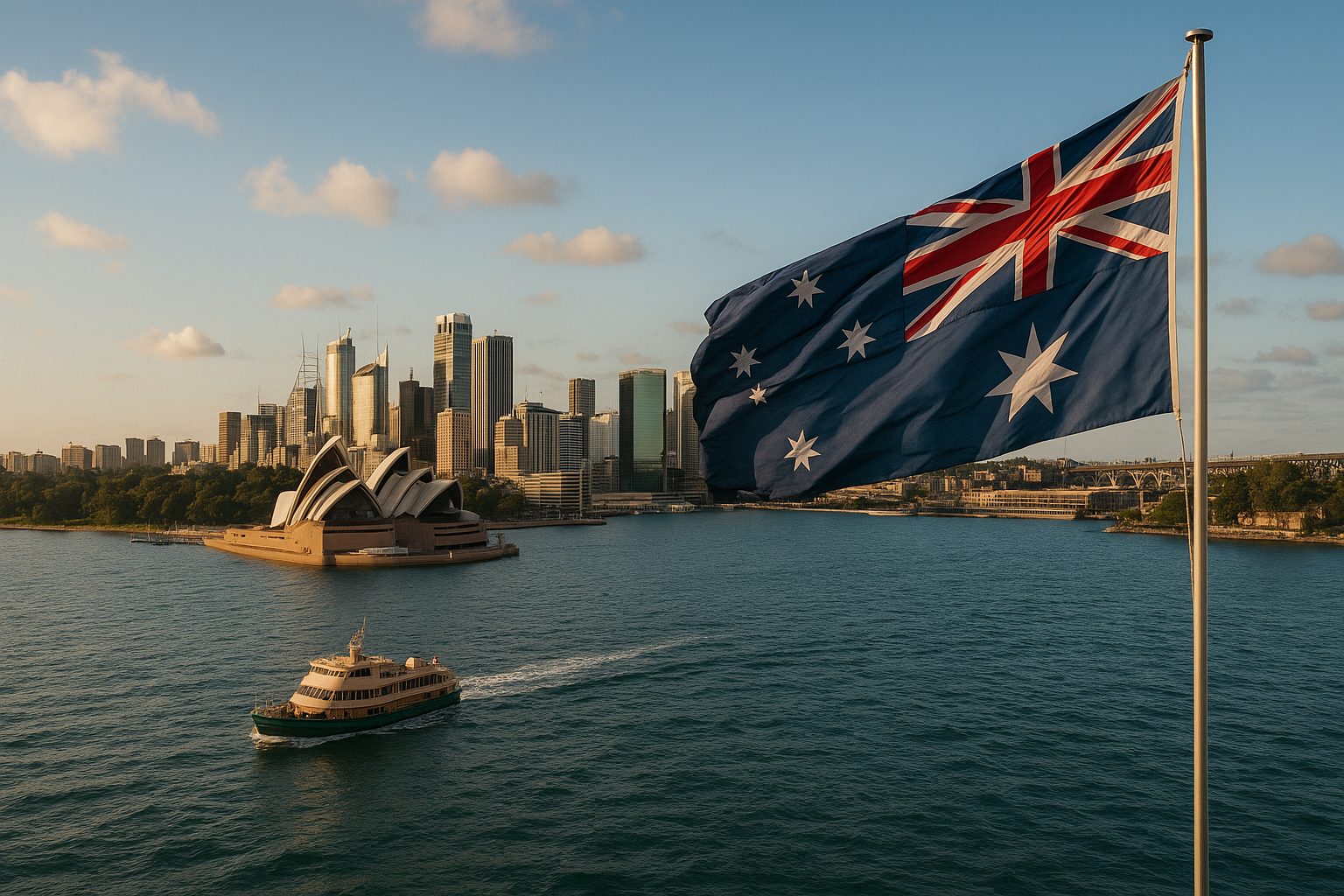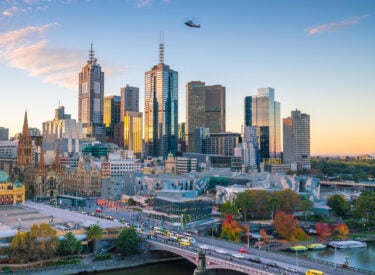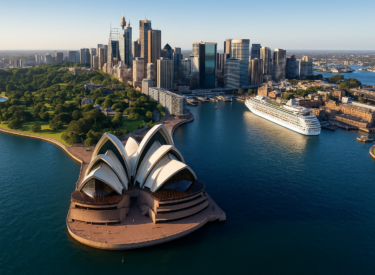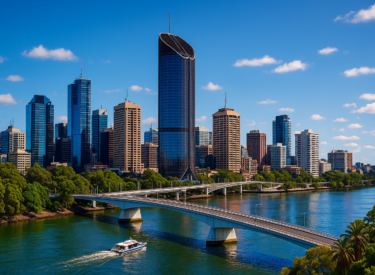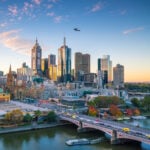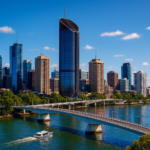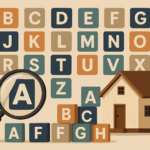
Key takeaways
Despite our cultural tendency to complain, Australia consistently ranks among the world’s top nations for safety, freedom, opportunity, and happiness.
We may have challenges, but our overall quality of life remains exceptional by global standards.
Australia’s wealth has long rested on mining, agriculture, international education, and tourism. These industries have made us one of the world’s richest nations, and while diversification is needed, they continue to underpin our economic stability and growth.
Post-war migration built the Australia we know today. Successive waves of migrants—from Europe to Asia—have driven innovation, built infrastructure, and enriched our culture.
With around 40% of Sydney and Melbourne residents born overseas, multiculturalism is one of our greatest strengths.
Australia’s key challenges—housing affordability, regional inequality, and climate transition—require strategic planning.
As Simon Kuestenmacher argues, managing population growth, boosting housing supply, investing in education, and making energy more sustainable will ensure Australia remains the “lucky country” for future generations.
Let’s face it, we Aussies love a good whinge.
We’ll complain about the cost of living, the price of housing, the traffic, our politicians, and even the weather if we run out of other options.
It’s part of our cultural DNA, that casual cynicism that coexists with our dry humour and love of understatement.
But every now and then, it’s worth taking a step back and looking at the bigger picture.
Because the truth is, Australia remains one of the best places on Earth to live, work, and raise a family.
Yes, we’ve got problems, and plenty of them.
But in almost every way that matters, safety, lifestyle, opportunity, freedom, and even happiness, we’re ahead of most of the world.
So maybe, instead of always searching for what’s wrong, it’s time to remind ourselves why Australia still beats almost anywhere else.
For weekly insights subscribe to the Demographics Decoded podcast, where we will continue to explore these trends and their implications in greater detail.
Subscribe now on your favourite Podcast player:
The lucky country - still lucky
Demographer Simon Kuestenmacher summed it up perfectly when he said in our latest Demographics Decoded podcast:
“It’s not a perfect country, but we have safety, prosperity, and opportunity. Globally, there aren’t many places that offer more than this small country of ours.”
He’s right.
We’re not without challenges: affordability, inequality, and infrastructure pressures among them, but in the global context, Australia remains remarkably well positioned.
We have political stability, strong institutions, and a prosperous, open economy.
And perhaps most importantly, as Simon pointed out, “the fact that we look at ourselves critically and want to improve, that’s the sign of a good, functioning country.
Think about that for a moment: our dissatisfaction is itself a reflection of our success.
We have the luxury of worrying about improving a society that, by most global measures, is already exceptional.
The lifestyle revolution we take for granted
Australians today enjoy a standard of living that previous generations could only dream of.
As I often say, looking back on my lifetime, I can see how much life has changed.
Houses are bigger and better equipped. Cars are safer and more reliable. Technology has made almost every daily task easier.
Simon put it nicely when he joked:
“Even if you drive a cheap Kia or Hyundai, it just works. In the ’60s and ’70s, even expensive cars constantly broke down.”
We take for granted that the supermarket shelves are full, the power stays on, and our phones connect instantly to information from across the globe.
When the pandemic disrupted supply chains and our favourite snack wasn’t available, many people were genuinely shocked, a small reminder of how smooth and convenient modern life normally is.
Convenience has become the new baseline of prosperity.
And as Simon observed:
“The amount of choice and opportunity in Australia means you’re more likely to live life on your terms than ever before.”
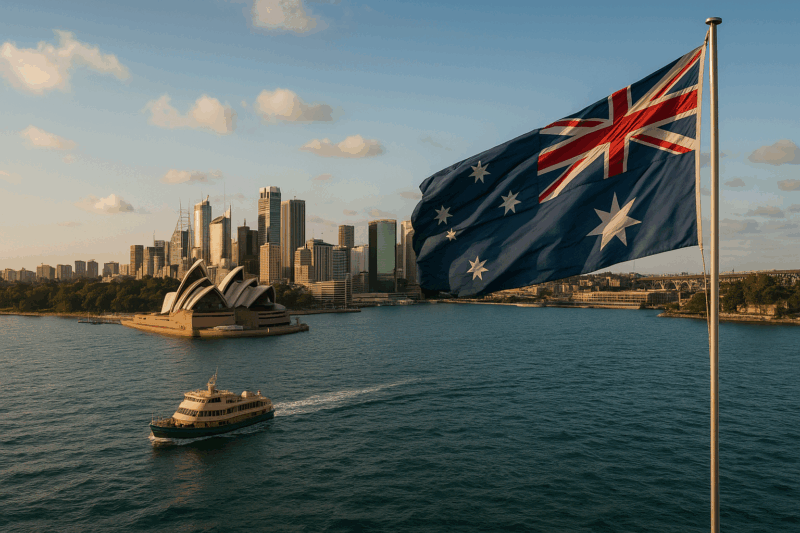
Built by migrants, enriched by diversity
Much of what we now call “Australian life” was built on migration.
After World War II, our population was just seven million.
To fuel growth, we needed people, and we found them in post-war Europe.
Migrants from Greece, Italy, and Malta arrived to build homes, factories, and infrastructure.
They worked hard, raised families, and helped shape a new, multicultural Australia.
“Migrants built this country,” Simon reminded me. “We’ve changed where they come from over time, but the result is the same: they’ve driven growth, innovation, and diversity.”
Today, around 40% of Sydney and Melbourne’s populations were born overseas, making us one of the most multicultural societies in the world, and one of the most successful.
That diversity has become a cornerstone of our national identity.
Simon noted that Australians tend to embrace new migrant waves first through food:
“We showcase our worldliness by knowing what the latest dish is from the newest migrant community. It’s playful, but it shows how deeply lifestyle matters to Australians.”
It’s true. Our cuisines, our suburbs, our businesses, even our values, have been shaped by immigration.
The four pillars that built our wealth
Australia’s prosperity has long rested on four economic pillars: mining, agriculture, international education and tourism.
Each has played its role in making us one of the wealthiest nations on Earth.
We once “rode on the sheep’s back,” exporting wool and agricultural products to the world.
Then came mining: digging up iron ore, coal, and gas to feed the industrial growth of Asia.
As Simon said, “We were granted natural resources and made the most of them.”
In more recent decades, education and tourism have become major export earners.
“At any given point,” Simon noted, “we have about a million international students here, each contributing tens of thousands of dollars annually to the economy. It’s an incredible cash cow.”
He’s not wrong; international education now generates tens of billions of dollars each year, creating jobs and cultural exchange in the process.
While diversification beyond these four sectors has been slow, they continue to provide a stable base for growth, especially as global demand for energy, food, and knowledge remains strong.
From farms to cities: the knowledge nation
Australia is no longer a land of farmers and miners.
Today, most of us live in cities and work in knowledge or service-based industries.
“The mining sector employs only around 300,000 people out of more than 14 million jobs,” Simon explained. “Agriculture keeps shrinking, too, as farms consolidate. People are moving to the cities, and we’re becoming a knowledge economy.”
This shift means our economy depends increasingly on innovation, data, and ideas rather than just physical labour.
But it also deepens the urban-rural divide, with opportunities concentrated in major cities while regional areas often lag behind.
That’s one of the structural challenges we’ll need to address if we want to maintain social balance.
The hollowing out of the middle class
One of the more worrying trends Simon highlighted is the shrinking middle class.
For decades after World War II, Australia was a model of egalitarian prosperity, a country where anyone with a job could own a home and build a comfortable life.
But that “middle class wonderland,” as Simon calls it, has been eroding since the 1980s.
“We no longer live in that bell-shaped economy,” he said. “The middle class was a historical blip; now it’s hollowing out.
The consequences of that shift are real.
Inequality breeds division, resentment, and social tension.
And as Simon warns:
“If you look at places like Brazil or South Africa, you’ll see the wealthy living behind razor wire, in fear. I’d rather have a safe, balanced society than a richer but divided one.”
That’s a sentiment worth remembering as policymakers grapple with housing, taxation, and wages.
Rebuilding the middle class isn’t just good economics; it’s essential for social stability.
What the data says about happiness
Interestingly, when you look at the data, Australians remain among the happiest people in the world, even with all our complaints.
Simon shared fascinating insights from census data that link mental health and happiness across the life cycle.
“Your 20s are the toughest,” he said. “Then life satisfaction rises through partnership, parenthood, and peaks around a decade after retirement, when health is still good and you have freedom from work.”
In other words, Australians tend to get happier as they age, which says something about the security and lifestyle our society provides.
Where we’re falling short
Of course, we can’t pretend everything is rosy.
There are real pain points, and Simon doesn’t shy away from them.
The biggest, he says, is housing affordability.
“We could do better by making housing more affordable,” he said bluntly. “That’s where inequality bites hardest.”
The regional divide is another.
Many smaller towns struggle to attract investment and opportunity, leaving younger people with little choice but to move to the cities.
Simon has long called for a national demographic strategy, a coordinated plan that links population growth, infrastructure, and housing.
“We could build a better country if we planned more deliberately,” he argues
That’s a conversation Australia desperately needs to have.
Counting our blessings
Despite our challenges, we still rank near the top globally in almost every measure that matters: quality of life, longevity, education, safety, and happiness.
As Simon told me, whenever he visits his native Germany and tells people he lives in Australia, there’s only one reaction:
“You lucky bastard.”
That says it all. From an outsider’s perspective, Australia remains a dream destination, a place of freedom, sunshine, and opportunity.
Perhaps our national anxiety isn’t about how bad things are, but how afraid we are of losing what we’ve built.
“Australians fear that any change will take away something good,” Simon explained. “But change is constant, cities evolve, societies evolve. We must keep changing.”
So, where to from here?
Our challenge now is to protect what makes Australia special while adapting to the pressures of the modern world: population growth, climate change, and economic transition.
Simon believes the priorities are clear:
- Manage population growth intelligently.
- Tackle housing supply and affordability.
- Make energy cheaper and more sustainable.
- Continue investing in education, infrastructure, and innovation.
Get those right, and Australia will remain, in Simon’s words, “absolutely unbeatable in terms of where you’d want to park yourself.
A final thought
Yes, Australia has its flaws, rising costs, inequality, and policy missteps.
But when you zoom out, we remain one of the safest, healthiest, and most prosperous nations on Earth.
There are no long queues of people waiting 20 years to migrate out of Australia; quite the opposite, millions dream of moving here.
So perhaps it’s time we take a breath, stop complaining for a moment, and appreciate just how lucky we are.
Because while there’s still work to do, there really isn’t anywhere else on Earth I’d rather live.
If you found this discussion helpful, don't forget to subscribe to our podcast and share it with others who might benefit.
Subscribe now on your favourite Podcast player:

